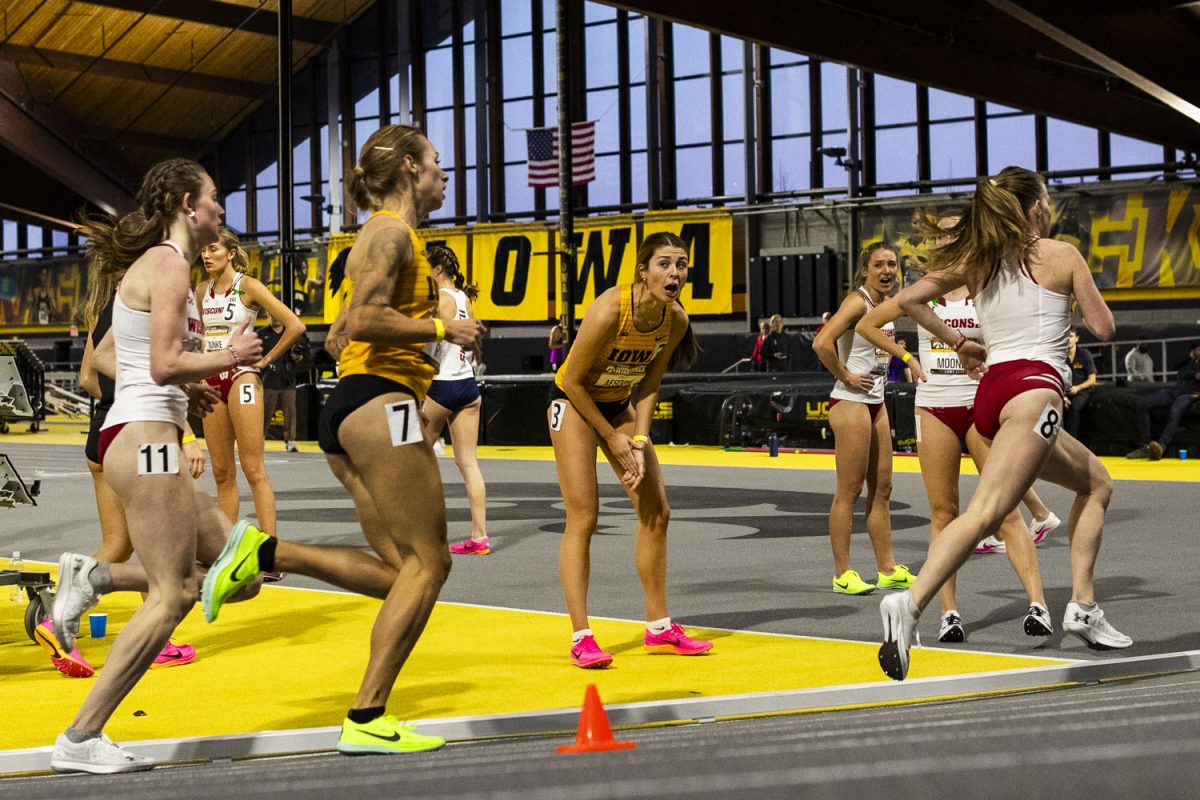Diving into the importance of putting in golf.
by Rod Engblom
[email protected]
The classic golf saying: “driving’s for show, putting’s for dough” has some truth.
It brings home the reality that every shot counts in golf. Whether it’s 300 yards or 3 inches doesn’t matter, it still counts as 1 stroke on the scorecard.
This proves how important putting is in this sport.
Even if every other aspect of a golfer’s game is doing well on a particular day, if the putting is not right, it becomes a long day.
“I hit a lot of lines in Minnesota, and nothing really went in,” said senior Nate Yankovich. “So it wasn’t really as much of a technical change as just a mental mindset of getting back into believing that I’m going to make every putt that I hit.”
Although Yankovich was hitting the ball very well at the Gopher Invitational earlier this month, a few missed putts threw his confidence off, ultimately leading to the single bad round that placed him much lower in the standings.
Yankovich has mastered his putting stroke so that he will hit the ball where he wants every time. A missed putt usually is a result of a missed read or not hitting the ball hard or soft enough.
After having a rough tournament at the Gopher Invitational, Yankovich worked on his putting to regain his confidence.
“I didn’t change my putting stroke, I just refined it,” he said. “Just knowing that my putting stroke is good and believing that the ball is going to go in and then just trusting my lines.“
But for many people who are not college golfers, their putting stroke may have some variation.
The putting stroke is more complicated than simply tapping the golf ball with a putter and hoping it goes in. There are numerous aspects that go into hitting a putt.
First the golfer must read the putt, a process a golfer goes through to try to predict where the ball will move on the green.
Every green has different undulations and slopes that change the direction the golf ball. It will roll when hit on the surface of the green because of gravity. This is called a break, and the golfer attempts to read the correct break so that the ball will travel on a line that will lead the ball to the hole.
Another factor that the golfer must take into account when putting is the stoke itself.
A golfer needs to hit the ball squarely so it will travel perfectly straight off of the face of the putter. If the golfer does not hit the ball squarely in the center of the putter, he may pull or push the golf ball, missing the line he determined before hitting the putt and dooming the shot from the start.
Last, the golfer must hit the ball with the correct amount of speed. If a golfer hits the ball too hard, the ball may roll through the break and not curve towards the hole. If the golfer hits the ball too soft, the ball may not reach the hole or it may curve dramatically as the ball loses speed, missing the hole.
Hitting long straight shots with all the other clubs in the bag is still extremely important when scoring well in golf. But at the end of the day, putting separates the good golfers from the great golfers.
Follow @RodEngblom on Twitter for Iowa men’s golf news, updates, and analysis.







